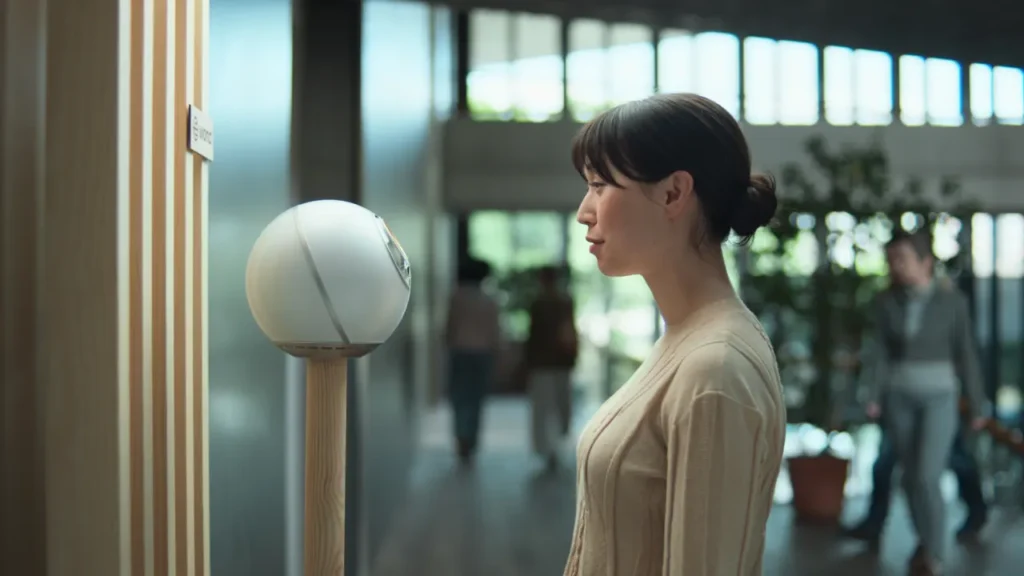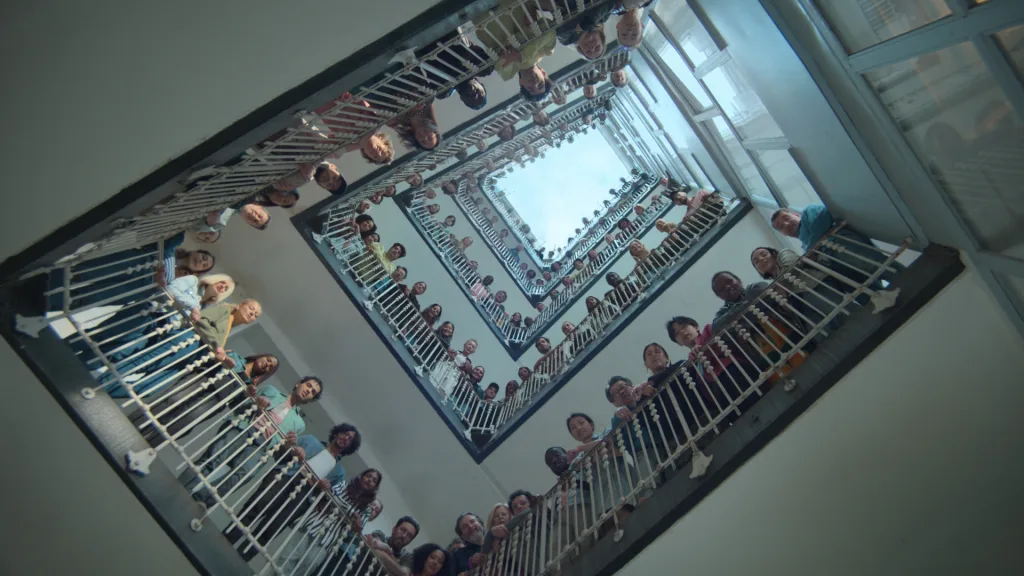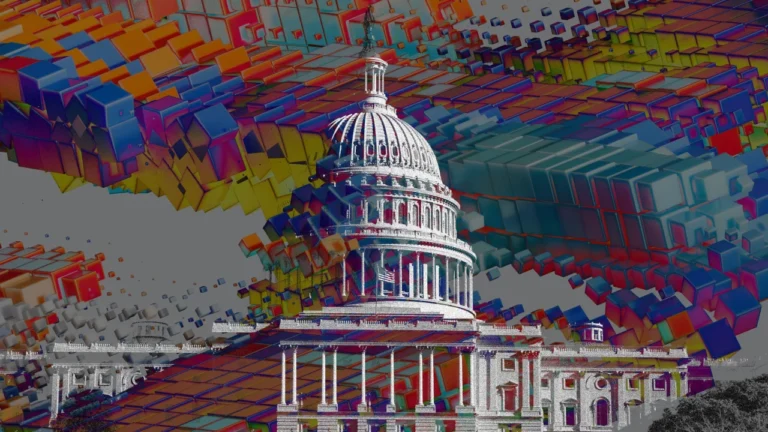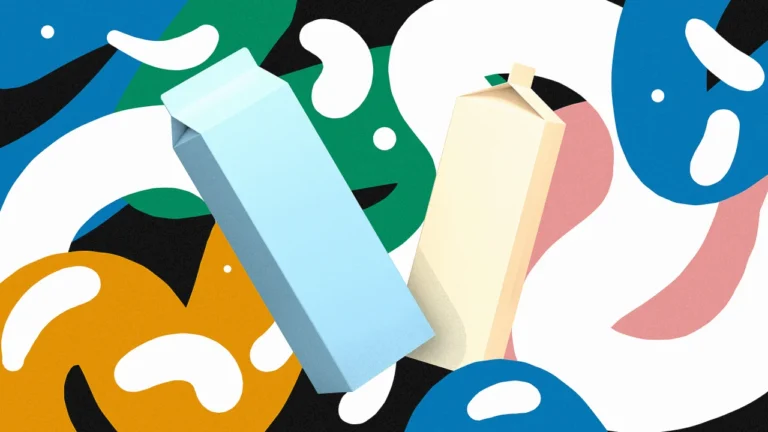
When was the last time you identified as human? Typically, we identify with who we are as it applies to our career (accountant!), family dynamic (mom!), sports (Pacers!), and arts and culture (deadhead!). Rarely have we ever felt or had the need to make the distinction between human or . . . not. But in the age of AI, it’s increasingly become a priority.
Back in April, Tools for Humanity—a start-up cofounded by OpenAI CEO Sam Altman—unveiled its solution to this problem. It’s a brand called World, an identity and financial network that includes a cryptocurrency called Worldcoin and an unprecedented piece of hardware: The Orb. The volleyball-size spherical device uses a retina scan to authenticate users as a human, and then provides a digital verification code.

So far, World has more than 27 million participants and nearly 13 million verified humans across more than 20 countries. Its goal is to verify 50 million people by the end of 2025, and eventually sign up every single human being on the planet. The company hopes the biometric verification code it creates will essentially be our digital passport, to ward against fake AI-driven content, and needed for everything from online banking to dating apps. Altman told Time, “If this really works, it’s like a fundamental piece of infrastructure for the world.”
But first, it needs to convince us all to use it. Now, to mark its U.S. debut—with the opening of World retail locations and Orb installation in six U.S. cities (Austin, Nashville, San Francisco, Los Angeles, Miami, and Atlanta) World has launched a new ad campaign to establish its own brand identity with the humans it hopes to attract.
Set the tone
Created with ad agency BBDO New York, “Human and You Know It” is an earnest, peppy jingle ad that positions the Orb as an invaluable tool for, and ally in, our AI-driven future. We see cavemen lighting fires, Michelangelo painting the Sistine Chapel ceiling, one of the Wright Brothers flying an early aircraft, all singing this peppy ode to human ingenuity.
“World was created so that everyone could benefit from what’s happening around the age of AI,” says Tools for Humanity chief marketing officer John Patroulis. “What we’re hoping to do with a piece like this is celebrate what it is to be human, the vulnerabilities. So we were trying to capture the feeling of who we are and what we’re trying to accomplish.”
It’s a similar message to what OpenAI CMO Kate Rouch told me earlier this year on Fast Company’s Brand New World podcast. Her goal with work like the brand’s Super Bowl ad was to show what the product can do for us, while expressing the company’s values. “In all of our advertising, we’ll really try to show and lead with the technology, what it can do for people and how it can benefit people,” Rouch said. Again, the people part is key.
BBDO executive creative director Jimm Lasser says that the tone and personality here is perhaps the most important part. There’s a reason they used a familiar song in a familiar advertising context. For an unprecedented product and brand, there were a lot of questions to answer to get to that tone.
Should it be earnest? Optimistic? Funny? All of that? Then they had to figure out how much of it needed to explain the Orb technology and how it works.
“It was a challenge, I’m not gonna lie,” says Lasser. “I told my wife I think this is the weirdest thing I’ve ever worked on. It took a lot of unpacking. First, you have to understand the technology, and then you have to believe. You have to put your cynicism aside—which you’re naturally going to have—and really look at it, at what this could do for humans.”
This isn’t a product demo. It’s a personality test. The World brand is telling us who it is and why we should trust it if it’s to be, as Altman says, a fundamental piece of infrastructure for the world. It needs to be friendly, nonthreatening, somewhat inspiring, and yes, optimistic. Tone matters in all advertising, but within the context of our AI-driven existential instability, even more. Just ask Apple “Crush” or Google “Dear Sydney.”
Amid all of our AI fears and concerns, World knows it needs to feel more like Peppa Pig than Emperor Palpatine. It wouldn’t quite hit the same if they were all singing, “More Human Than Human” by White Zombie.

Brand spirit
One of the keys to hitting that tone was director and ad legend Jim Jenkins, who is perhaps known more for big, funny Super Bowl ads like State Farm’s 2024 Arnold Schwarzenegger spot, and Uber Eats’ big game ad this year with Matthew McConaughey. The World spot is light and juuuust goofy enough. Sure, it’ll make some people cringe but it’s not going to scare anybody.
While the bulk of the ad is simply shows good ol’ humans singing the jingle, at the end, a woman uses The Orb to show us what all the fuss is about, tying the spirit of the brand to its product. Lasser says this was also a crucial part of the tone.
“Having worked on car advertising for a long time, it’s always important to see how people interact with the car,” says Lasser. “Here, we really thought through how that interaction with the Orb takes place, that you can see the scale. You need to see the scale of it in comparison to a human, her gaze slightly down, all these things make it feel nonthreatening and something that is a tool.”
The goal is clear, but the cultural context is much more murky. Despite the reassurances of its use as just a tool, AI is threatening very real jobs, and—if you subscribe to the predictions of the AI 2027 report, written by former AI researchers—the very fabric of society, in an incredibly short period of time. That’s quite a brand challenge.
Still, Patroulis says that World has the best tool to take on this challenge: An actual purpose. Many brands struggle with why they exist in the first place, which ultimately impacts their ability to convince you and I to buy in. For World, the goal is clear: To help humans make the most of this AI moment.
“When you’re true and authentic to what it is, you’re always in the right place,” says Patroulis. “That guides everything we’re doing and we wanted this piece to express that. We do a lot to make sure that people are very empowered with information. And the more time you spend with it, and the more you understand it, the better it is, frankly, for the project. That wasn’t the goal here. This piece was about capturing the spirit.”


